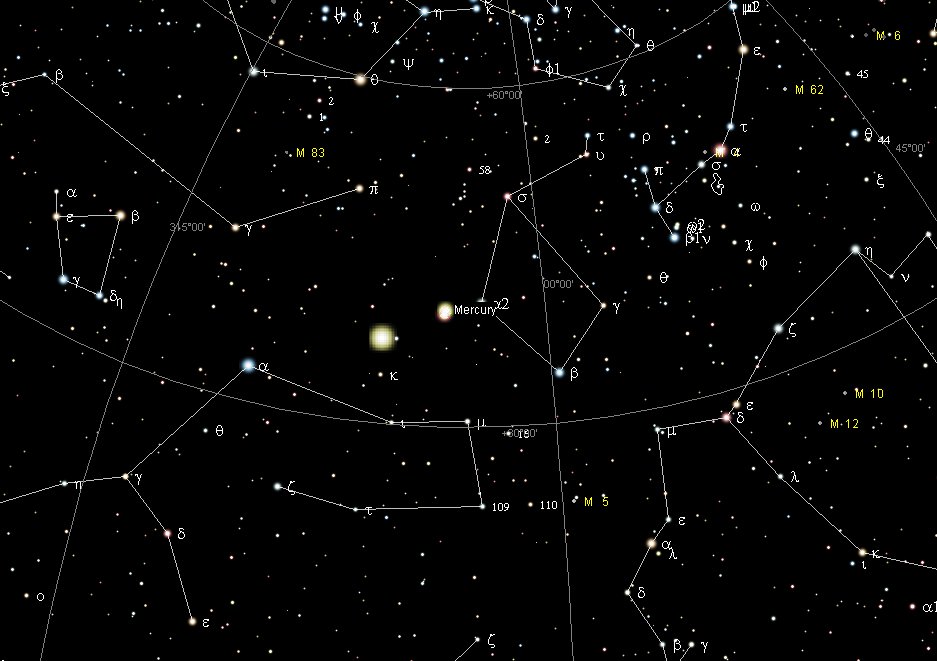25. The ancient year was a pair, named for instance as the year in leaf respectively the year in straw: ... In north Asia the common mode of reckoning is in half-year, which are not to be regarded as such but form each one separately the highest unit of time: our informants term them 'winter year' and 'summer year'. Among the Tunguses the former comprises 6½ months, the latter 5, but the year is said to have 13 months; in Kamchatka each contains six months, the winter year beginning in November, the summer year in May; the Gilyaks on the other hand give five months to summer and seven to winter. The Yeneseisk Ostiaks reckon and name only the seven winter months, and not the summer months. This mode of reckoning seems to be a peculiarity of the far north: the Icelanders reckoned in misseri, half-years, not in whole years, and the rune-staves divide the year into a summer and a winter half, beginning on April 14 and October 14 respectively. But in Germany too, when it was desired to denote the whole year, the combined phrase 'winter and summer' was employed, or else equivalent concrete expressions such as 'in bareness and in leaf', 'in straw and in grass' ... Likewise in ancient Babylonia, where Virgo (Mother Earth) was a pair, Furrow and Frond, with Furrow closer to the Abyss whereas Frond was depicted as standing on the ecliptic:
But the precession pushed the cardinal point of the Sun earlier and earlier among the fixed stars and the place of the Mad Dog, who stabilized the atumn equinox with his left hand, was therefore later to be the place of Virgo, who stabiilized the balance between summer and winter with her right foot:
Mercury marked where Frond changed into Furrow, and when the planets followed the plain of the ecliptic this was proof of a stable frame of reference. Even a little child knows a spinning object will stay stable for a long time:
Niu. Palm tree, coconut tree; hua niu, coconut. Vanaga. Coconut, palm, spinning top. P Pau., Ta.: niu, coconut. Mgv.: niu, a top; niu mea, coconut. Mq.: niu, coconut, a top. Churchill. The fruit of miro. Buck. T. 1. Coconut palm. 2. Sign for peace. Henry The sense of top lies in the fact that the bud end of a coconut shell is used for spinning, both in the sport of children and as a means of applying to island life the practical side of the doctrine of chances. Thus it may be that in New Zealand, in latitudes higher than are grateful to the coconut, the divination sense has persisted even to different implements whereby the arbitrament of fate may be declared. Churchill 2. In my star list I have the name Khambalia for λ Virginis, where the planet Mars will be in October 23 AD 2023.
With Spica as the place for changing from the green grass of summer to the dry straw of winter, Khambalia should represent the infertile ('dead') year of winter. I have fetched the name Khambalia from the Coptic lunar system:
October 23 (296) should be the proper place for λ (100) Virginis:
From August 24 AD 2023 to October 23 AD 2023 there were 296 - 236 = 60 days:
To FEBRUARY 23 (TERMINALIA) there were 64 days. Looking a few days ahead to October 29 AD 2023 I find a remarkable conjunction between Mars and Mercury:
|
||||||||||||||||||||||||||||||||||||||||||||||||||||||||||||||||||||||||||||||||||||||||||||||||||||||||||||||||||||||||||||||||||||||||||||||||||||||||||||||||||||||||||||||||||||||||||||||||||||||||||||||||||||||||||||||||||||||||||||||||||||||||||||


















